Click above to watch the video
Powersmart Drill Driver (Affiliate link, I will make a small commission at no extra cost to you): https://amzn.to/3Wd390J
This week I decided to do something a little different and try to find the cheapest drill I could possibly find on Amazon. I wanted to find out if the cheapest of tools can still be useful. This is episode 1 of my “How Low Can We Go” series.
But, I had to define some criteria.
First, I wanted to find a drill that was of a similar spec to the drills that are commonly used today. Meaning, I didn’t want to bring home a 3V mini drill or even a 12V drill. So, the drill I find needs to be at least an 18V drill.
Second, the drill needs to be cordless. Cordless drills are as cheap as corded drills anyway.
Lastly, as you’ll see in just a bit, the drill had to come with a battery. This may seem obvious, but there are drills that are sold “tool only”, so purchasing a battery would put the price out of the minimal budget range.
The Search
I navigated through page after page of drill parts before coming to the first drill. There are several listings that have a drill in the picture, but when you click into it there’s only some sort of drill part for sale.


Finally, I happened across a drill made by Wailiy for $25.18. Not only was it cheap, but it was a 21V drill. Everyone knows how much better a 21V drill is than a 20V drill.
I thought this was probably the drill for me until I saw that shipping was $24.49! This was one of those listings that try to pull a fast one on you, so I kept on scrolling.
I passed several Black&Decker 12V drills and some Ryobi tool only drills before happening upon the next candidate.


It got my eye, not only because it was a full drill kit at the lowest price, but also because of the brush attachments in the picture. I had to hand it to them; they’re trying to make the drill stand out from the others.
This Powersmart drill was a 20V cordless drill for just under $30 and I thought that was a pretty good deal. The brushes are just icing on the cake.
Testing the Drill
Once the drill arrived I first tested the fit and finish and the way it felt in my hands. This is the first time of many that the drill surprised (both good and bad). It has a nice grip and feels substantial. It does have some blemishes and cheap plastic, but overall, not bad.
The battery is an important part of any drill, so I tested the Powersmart battery and compared it to my Dewalt and Porter Cable batteries. Each battery was fully charged.
20V batteries don’t actually operate at 20V. They’ll read around 20V under no load and then drop to around 18V during operation.
The Dewalt read a voltage of 20.36.
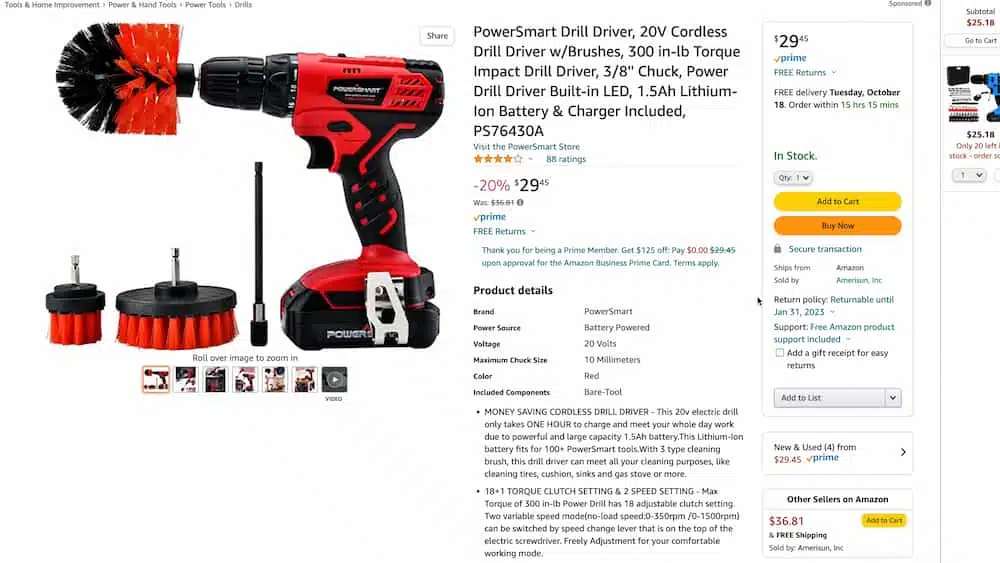
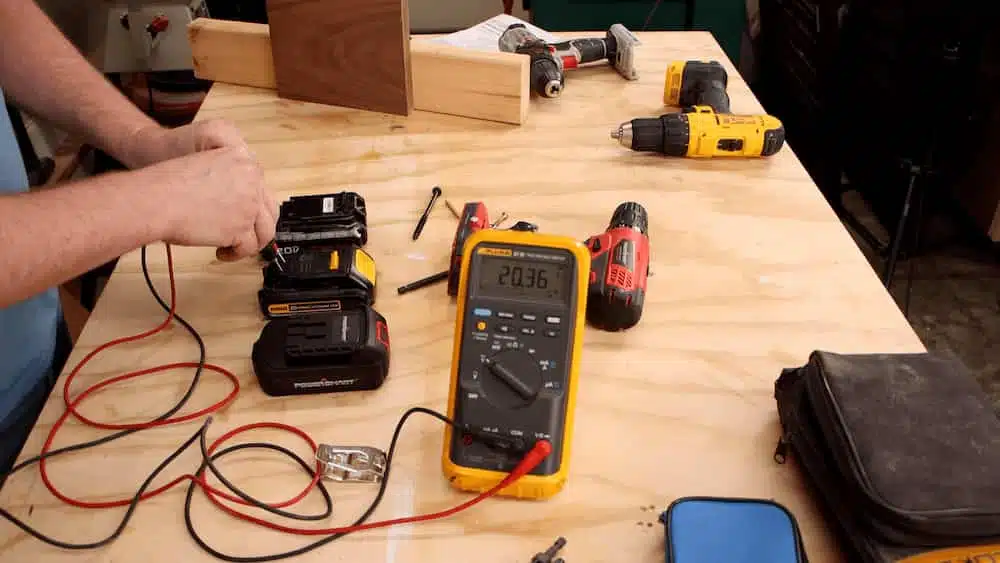
The Porter Cable read 20.48 and the Powersmart battery starts at around 20V and slowly drops to 19.11.
This may be an indication of inferior cells or wiring in the Powersmart battery. Not a good indication of a strong and stable battery.


Next, I tested the RPM of each drill in each gear.
The Powersmart claims 350 RPM in first gear and 1500 in second gear under no load. It read 388 and 1443 on the meter. Not far off given that my meter is probably not 100% accurate.


The Porter Cable claims the same RPM under no load. It measured 321 and 1371 which are further off than the Powersmart, but the Porter Cable is 13 years old, so it’s been through some stuff. Still, it’s encouraging to see that the Powersmart is holding up minus a possibly degraded battery.


I then put the drill through some basic tests that woodworkers and DIYers would run into often. This is the real test of any tool. They can look pretty and sound mean, but how do they hold up under every day stresses?
I drove some long screws into a stud.
I drove some screws into hardwood.
The drill handled everything with plenty of power and no binding. Yet another surprise.


I also drove a 3/8″ lag screw into a stud and I was shocked at the power this drill has. It has every bit of torque that it needs to have and then some.
I did have a problem with tightening the chuck around the bits. It doesn’t have a ratcheting chuck, so it’s tough to tighten it. The drill bit fell out of the chuck a couple of times during the tests and while working on the project. Was I surprised by this? Eh, not really. But, it’s not a great design and I can’t help but feel they missed an opportunity here.
Adding a ratcheting chuck would add expense to the drill, but they could have made another, better tightening system without much expense.
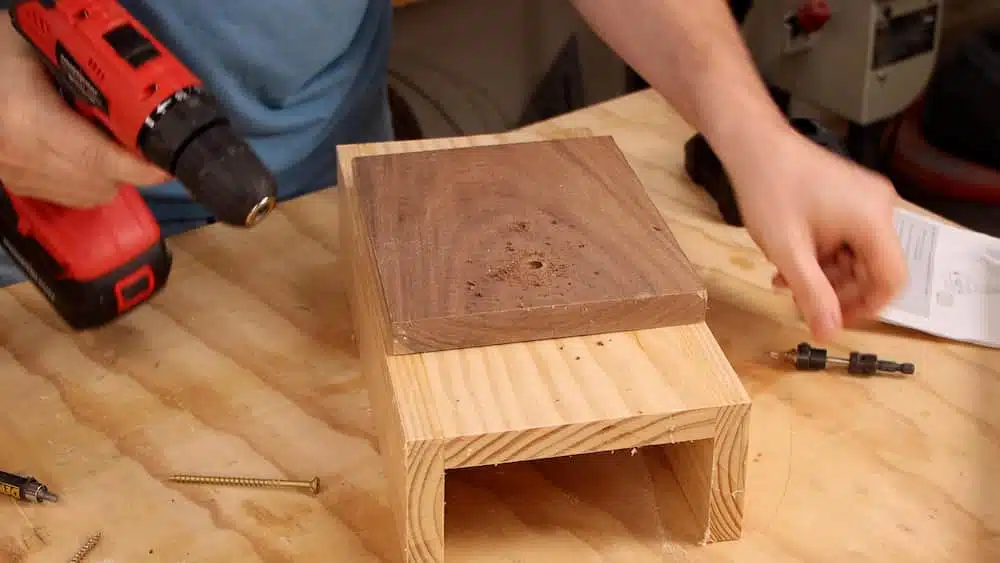

This Powersmart drill really surprised me. I drilled holes and drove about 60 screws building a porch swing and this drill did it all without any trouble. And, its battery lasted the entire time. It died right after the last screw. Coincidence? I think not.
Also, the drill had plenty of power right up until the battery was empty, just like a lithium-ion battery is supposed to do.
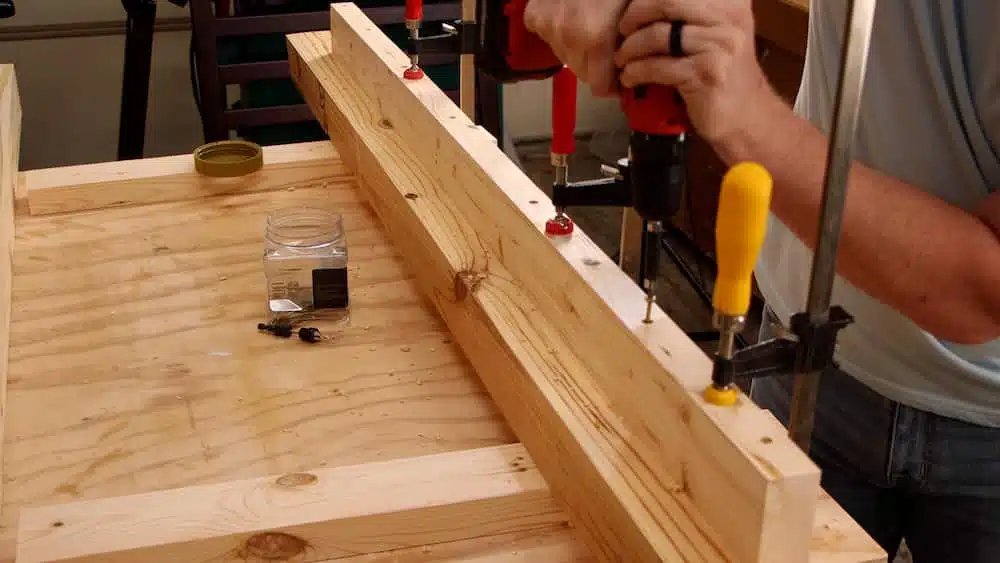
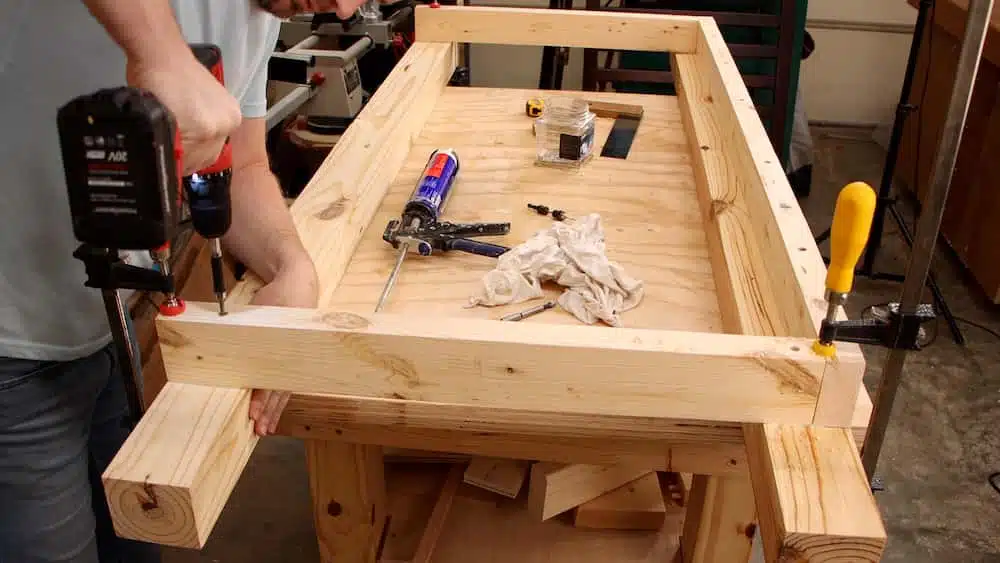
If you need a cheap, extra drill around the house or the shop, I recommend this one. It’s not the best drill in the world, and it probably won’t last near as long as other more expensive drills, but it’s a great drill for the price.

Get My Free Download that lists the exact tools & materials you need to create amazing projects
Recommended Reading
Measuring Tape Tips & Tricks
You know how to read the big numbers on a measuring tape, but do you know everything the measuring tape does and what all the markings mean?
How to Use a Speed Square and Bevel Gauge to Find Angles in Woodworking
Learning how to capture, transfer, and measure angles is a foundational woodworking skill. It’s required for many woodworking projects.
How To Use A Miter Saw
It’s hard to get much done in the shop or on a job site without a miter saw. You can’t beat it for roughly crosscutting wood to length.
